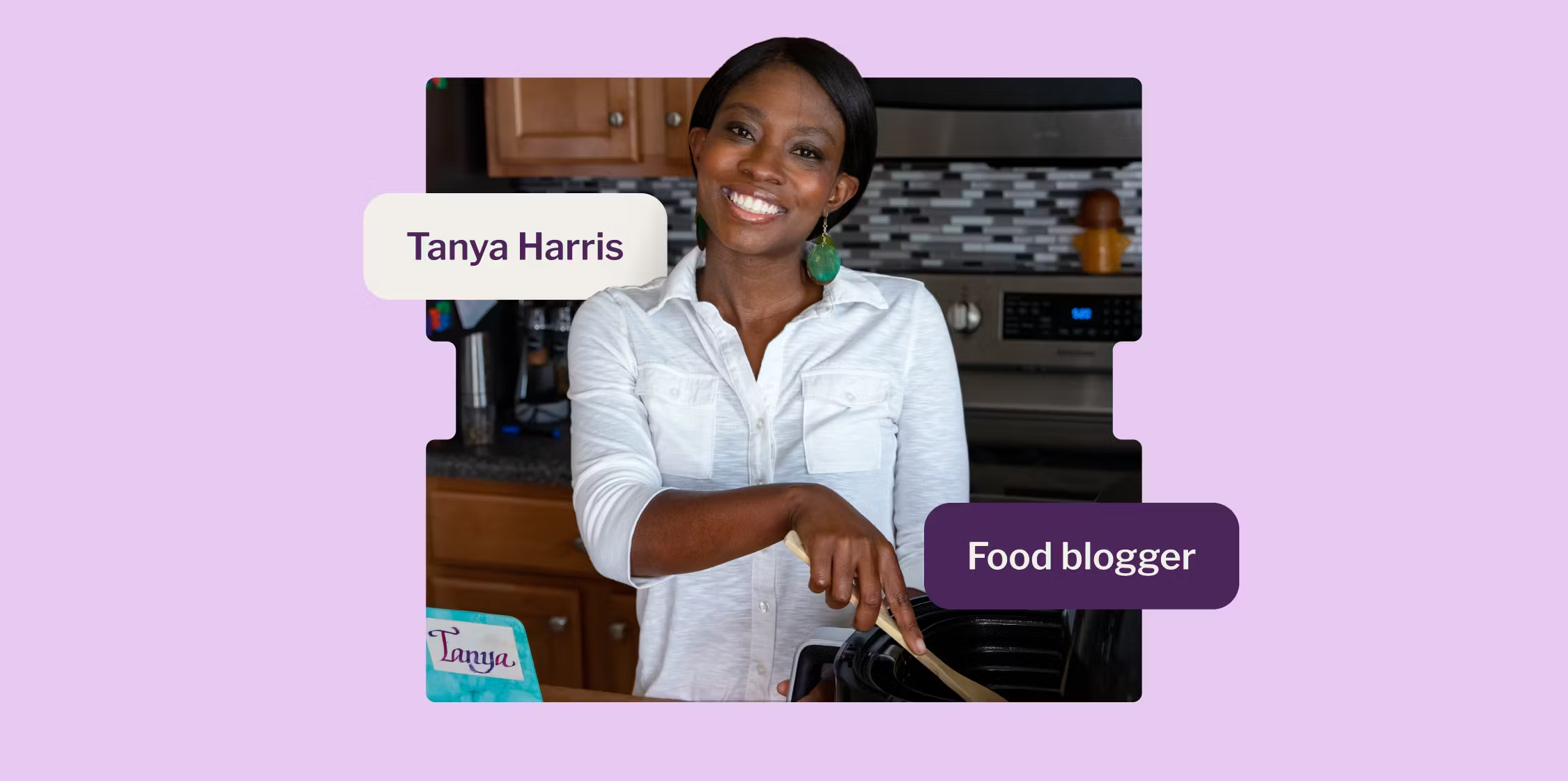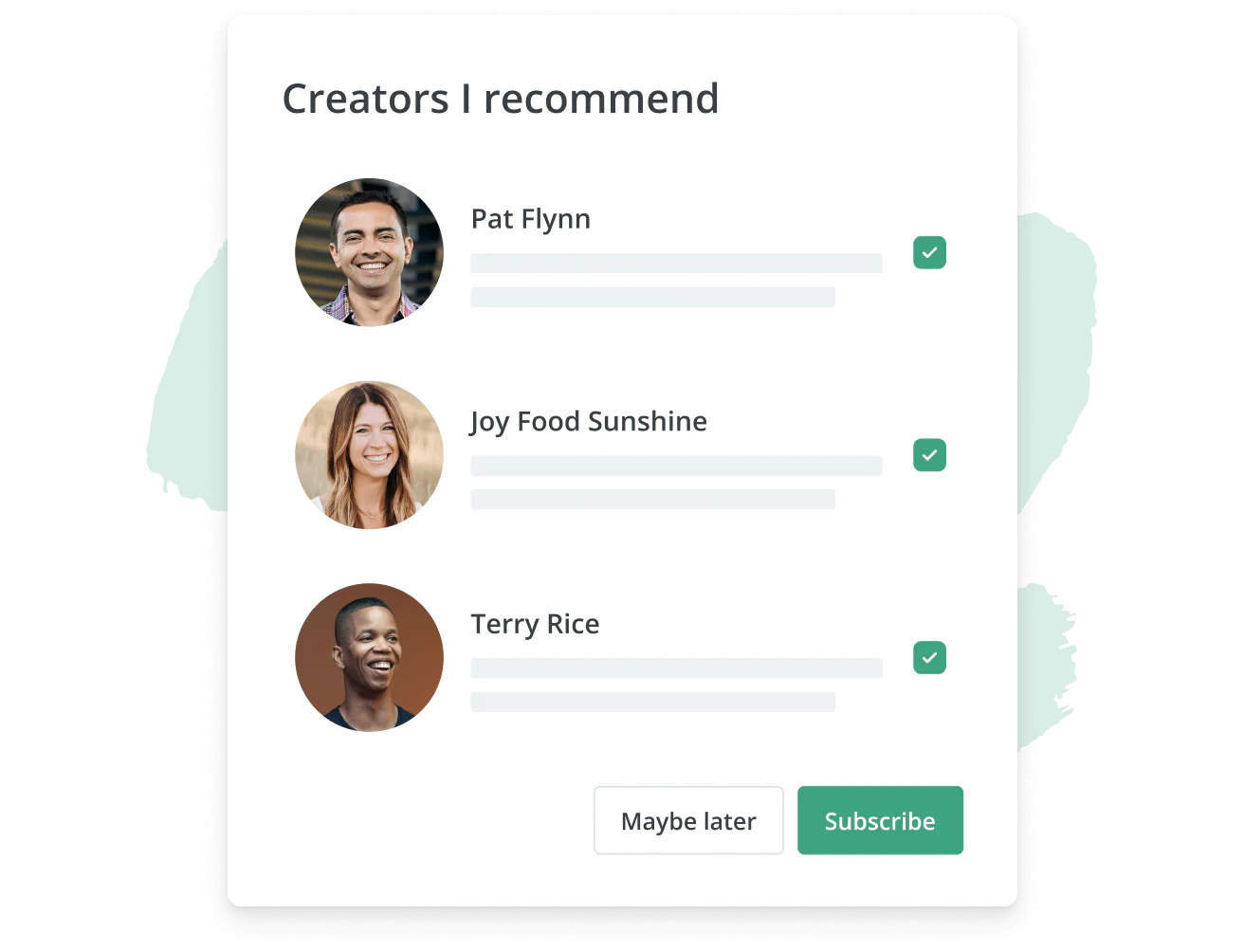
Tanya Harris was able to quit her job as a lawyer and became a professional creator once she got serious about email marketing.
This is how she used Kit to grow her email list from 3k to 10k in 7 months, replace her previous salary, and continue to scale to over 67,000 subscribers today.
The challenge: Turning more blog readers into email subscribers
In the beginning, Tanya started her food blog for fun: something she could do on the side when she wasn’t busy with her full-time job as a lawyer. Over a few years, she built up 3,000 email subscribers from her newsletter pop-up.
But when she got pregnant, she decided she wanted her blog to become a business, and went all in on growing her email list. Her goal was to replace her lawyer salary so she could quit her job and be home with her new family.
To gain more subscribers, and keep them, Tanya wanted to tailor her email opt-ins. Instead of having one general newsletter opt-in for everything, she wanted to create opt-ins like an automated air-fryer email course that popped up after people read her air-fryer recipes. She then wanted to segment her list based on those specific audience interests.
But her email provider at the time didn’t have those features.
I needed to segment my list and have it on autopilot, so Kit was the best option for me.
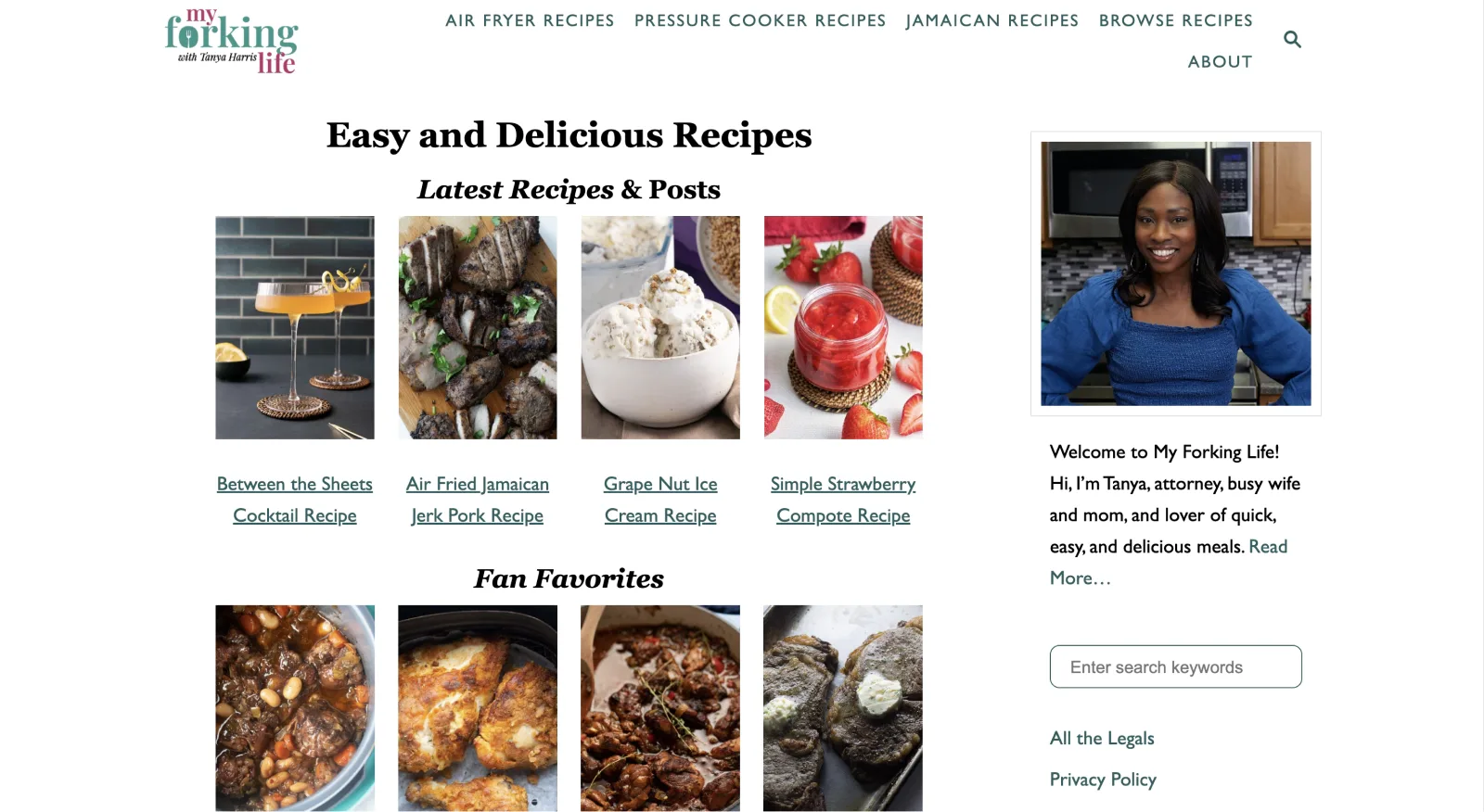
The solution: Switch to Kit and leverage audience growth tools
Tanya switched to Kit and doubled down on building her email list using tailored landing pages, automations, and pop-ups.
Within five months, her income matched her lawyer’s salary, and within seven months, she’d grown her email list by 7k subscribers, from 3k to 10k. In April 2019, she quit her job as a lawyer to run her creator business full-time, and has since grown her list to 67k and counting.
This is how she did it.
The strategies: Tailored content, consistent emails, and Recommendations
1. Reframe list growth
Tanya says some of the biggest shifts she made that catapulted her list growth were actually mental: she switched from thinking about “collecting email addresses” to thinking about “what does my reader want?”
She looked at each blog post individually and asked herself what her reader would most want next.
Say you were looking for an air fryer recipe. That opt-in would be an air fryer guide.
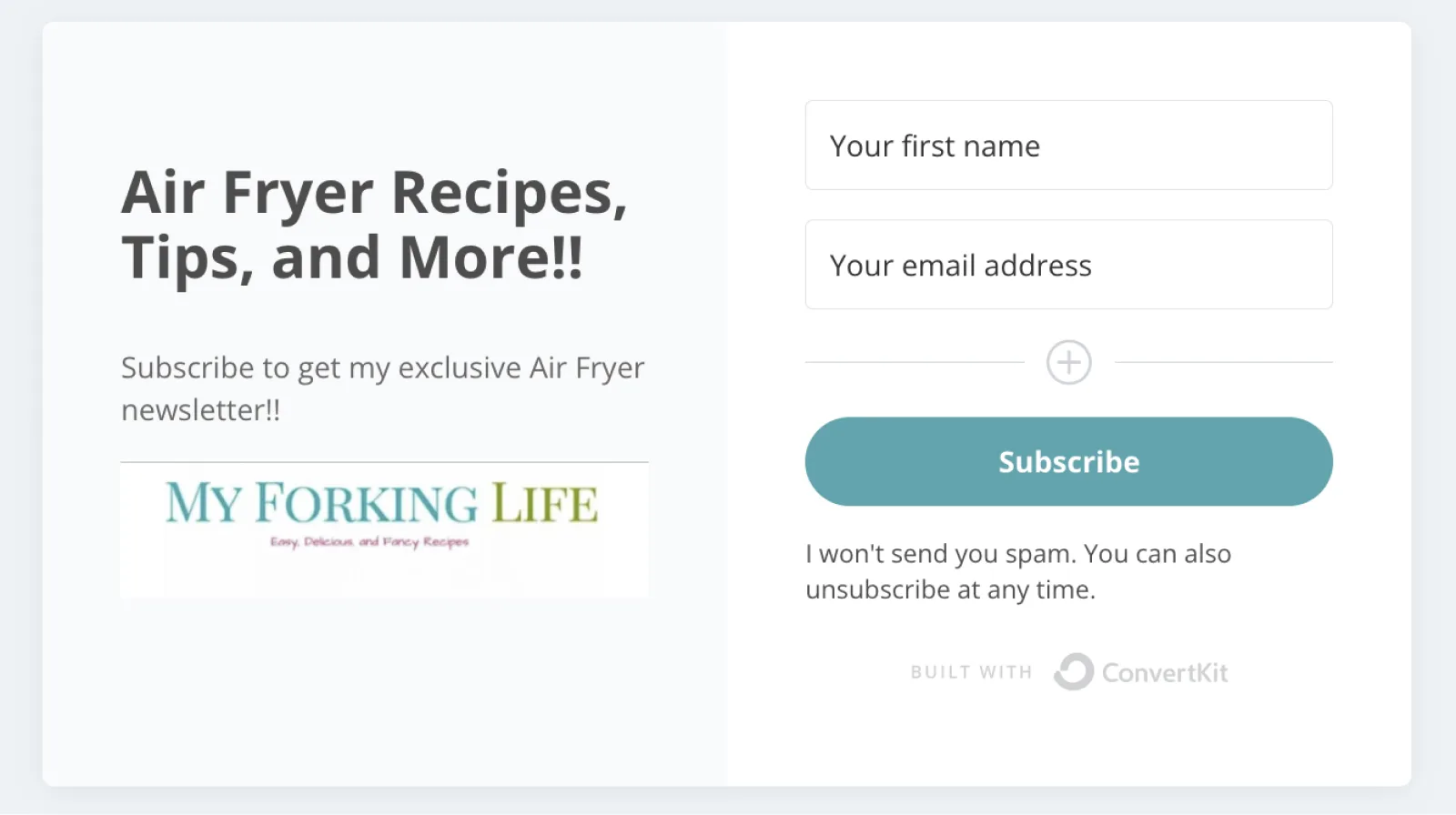
When she later wrote an air fryer ebook, she was then able to launch it just to the segment of her audience who had downloaded the air fryer related opt-ins and made thousands from that first book launch.
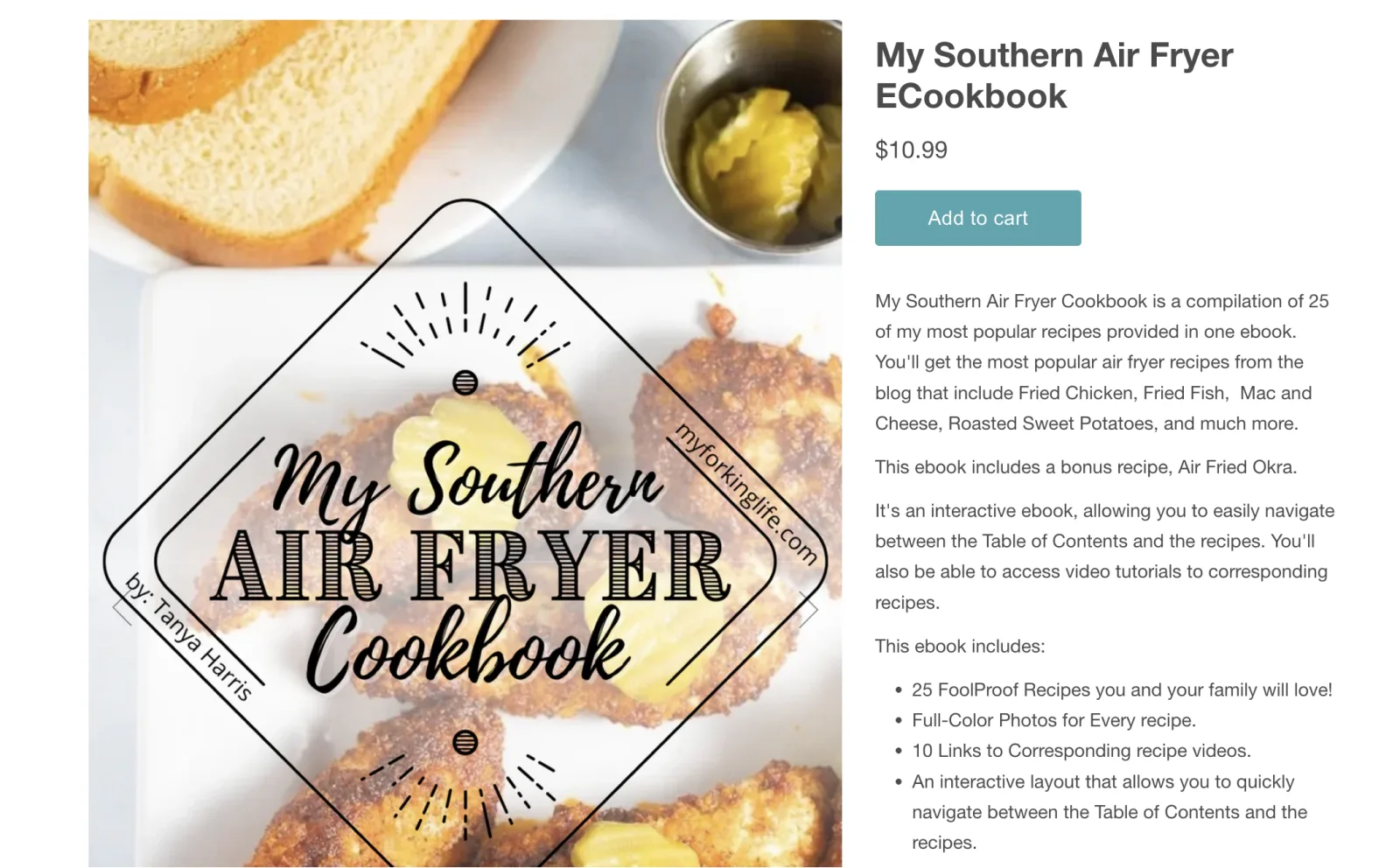
Tanya also made another significant shift in her mentality that she says made all the difference: she stopped thinking about email growth as only getting new subscribers coming in and instead thought of it as also about the subscribers who were staying.
It’s not just getting new people on your list but making sure the people on it want to stay on it, stay engaged, and also tell their friends about it.
Tanya used to send emails sporadically, but now sends a valuable email at least twice a week.
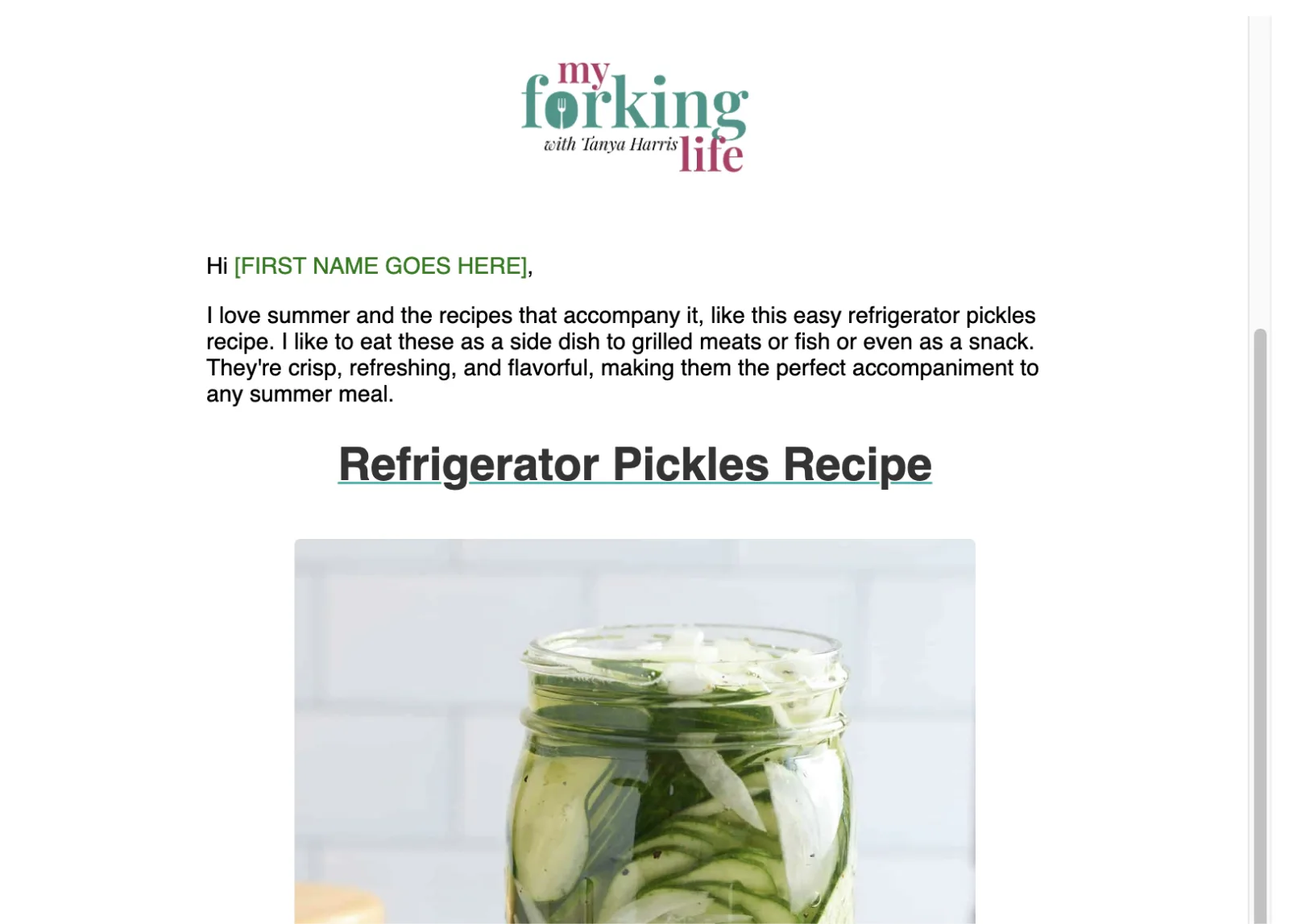
2. Create opt-ins that allow readers to “save” content
Tanya worked with Matt Molen to implement a strategy where people can now enter their email address on a specific recipe to “save” that recipe to their inbox.
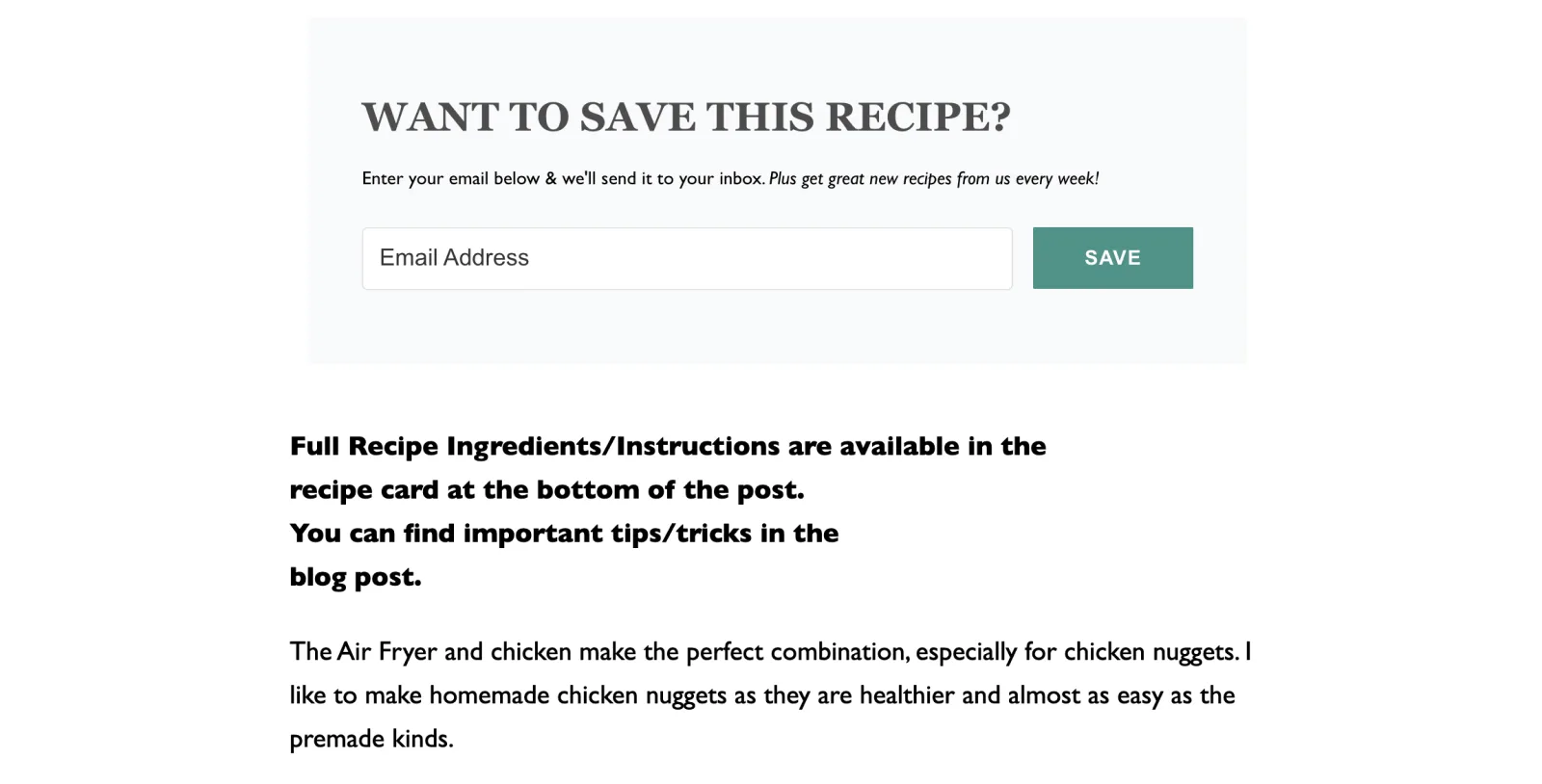
Tanya wasn’t sure about this strategy at first; would people really care about having the link sent to them? But the feedback has been phenomenal.
People love having the recipe title saved as a subject line in their inbox because it’s so much easier for them to search for it later when they’re ready to make it.
3. Tailored pop-ups
When Tanya first started her blog, one general newsletter popped up for every page of her site, but now she has tailored pop-ups that relate to specific content.
If you land on Air Fryer, your pop up is going to be “Sign up for this Air Fryer guide.” If you land on one of my Jamaican recipes, it’s going to be “Sign up for this Jamaican cooking guide.”
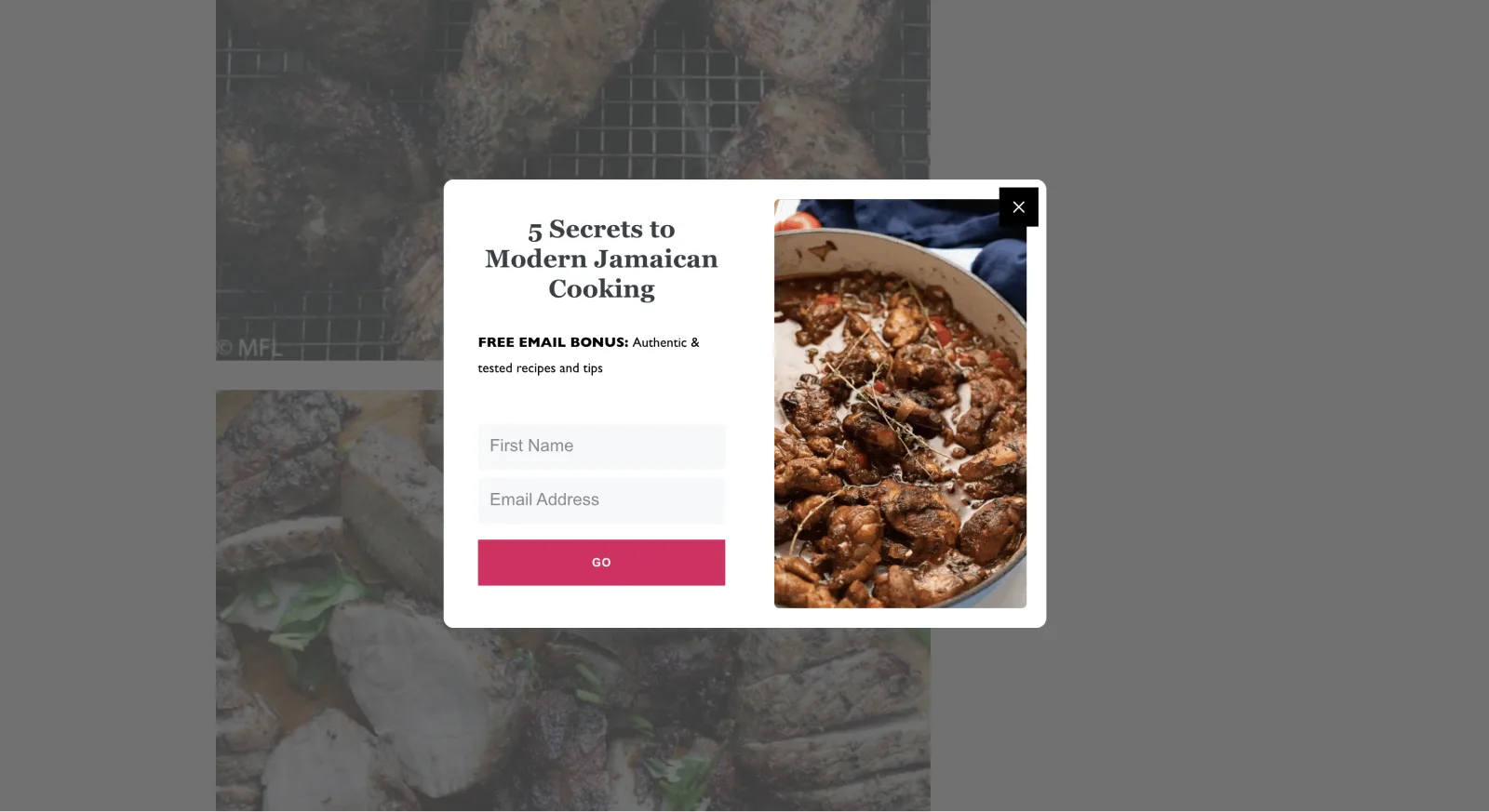
That pop-up then leads subscribers through an automated five-email sequence that serves as the guide.
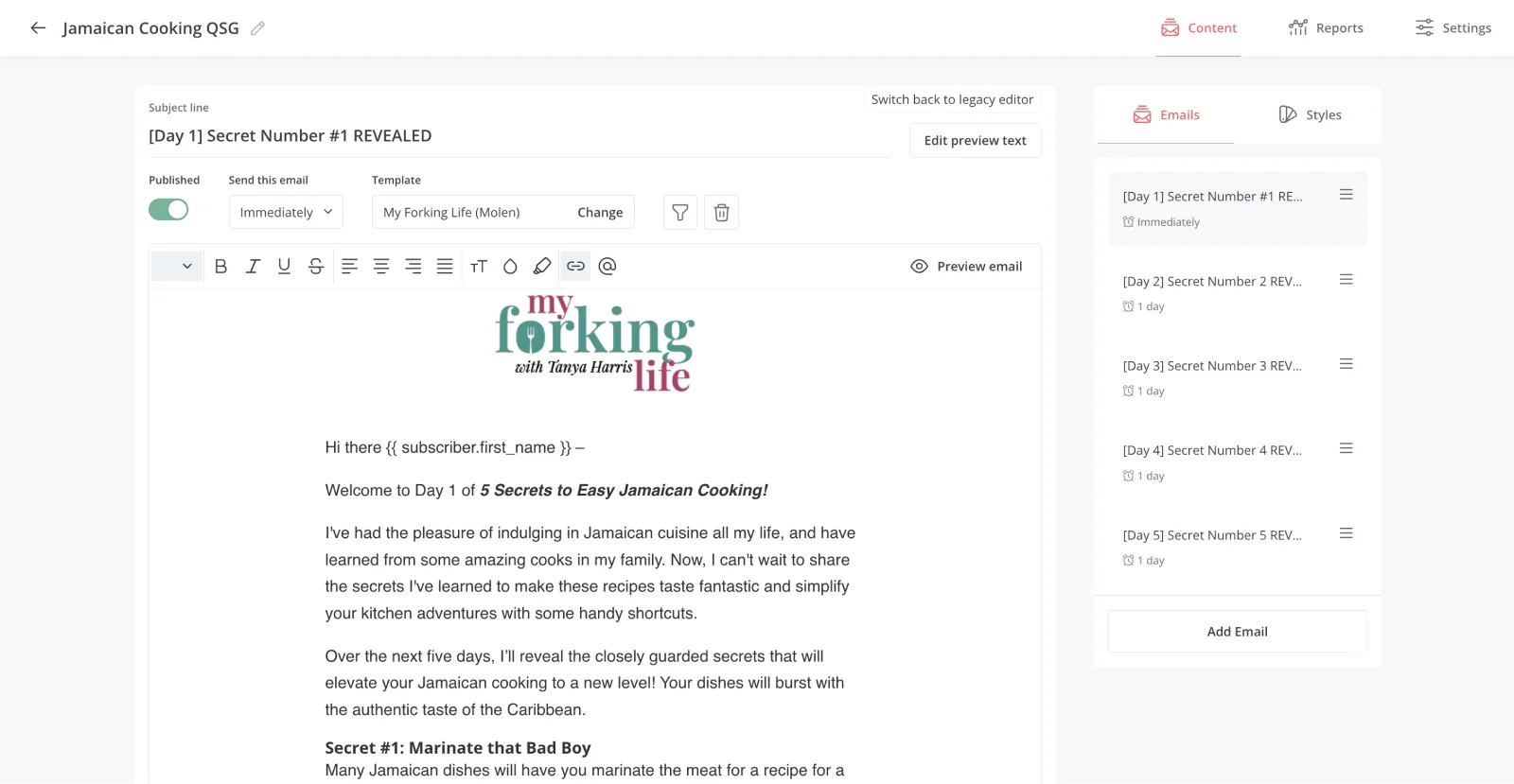
Tanya also creates seasonal pop-ups based on the weather. For all of her pop-ups, she uses the Kit features to modify and limit the number of times people see them so that they’re never annoying.
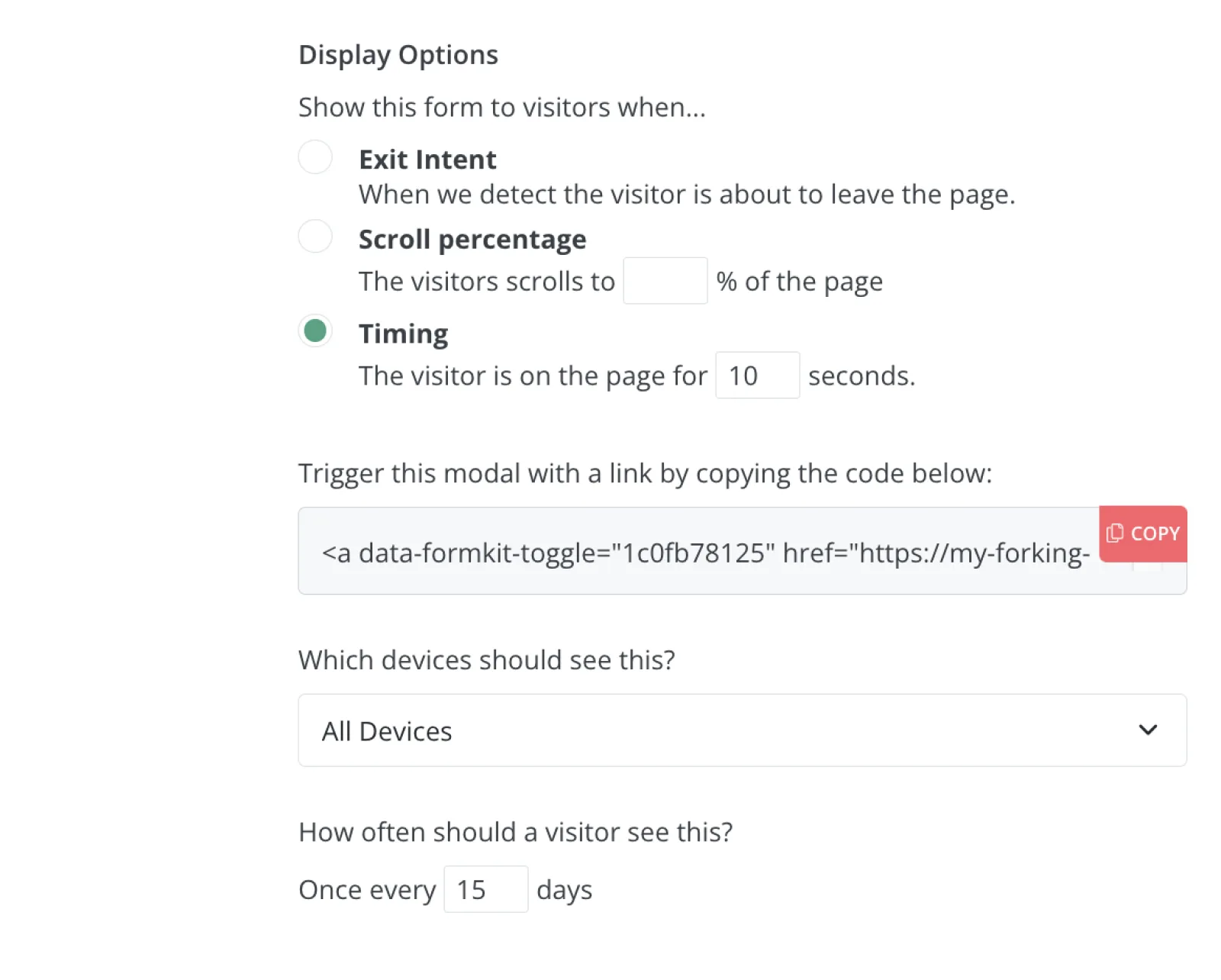
4. Recommendations
Tanya also recently joined the Creator Network and set up Recommendations and has received 6,892 subscribers so far.
Recommendations has helped my list grow a ton. And I love that not only are other creators recommending me, but I also get to recommend other creators.
She’s also given 2,628 subscribers to other creators.
I like the idea that creators can help support other creators and help each other grow.
The results: 67k+ email list, consistent traffic, and six figures in annual revenue
Tanya is grateful for how she’s been able to grow her email list over the years, especially when SEO or social media constantly shifts.
Social depends on the algorithm. Google depends on where it wants to rank you in the search engine. So that’s one of the reasons why I think, especially in the content creation business, you have to have an email list.
If I get hit with low traffic, I always know that I have an email list I can email, and I always have an idea of how many clicks I’ll get to my website if I send them a link.
There are so many ways you can build an audience and engage, but email is the one.
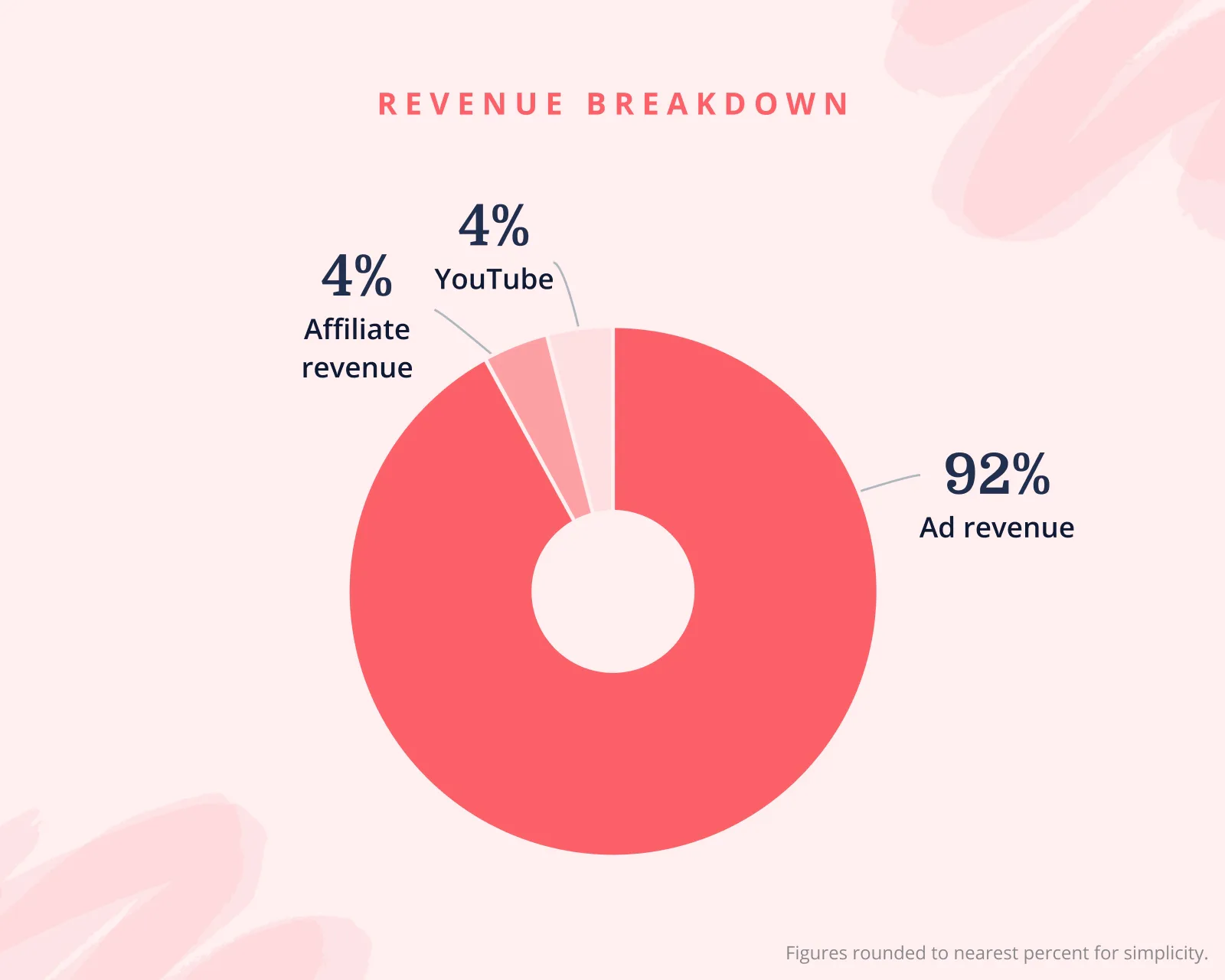
As Tanya’s email list and business continue to grow, Tanya also sees each new subscriber on her email list as a person, someone looking for a new meal or comfort food for themselves or their family. She’s grateful for them, and the tools that keep her connected to them and help her run her business.
This is my dream and I’m just happy that I’m able to do it.
If you found this case study helpful, please show Tanya support by subscribing to her newsletter or learn more at myforkinglife.com.
